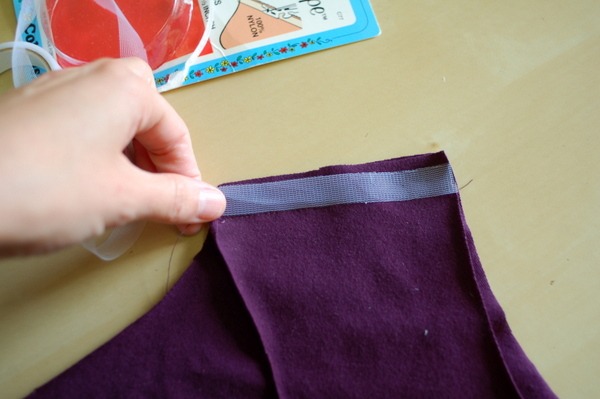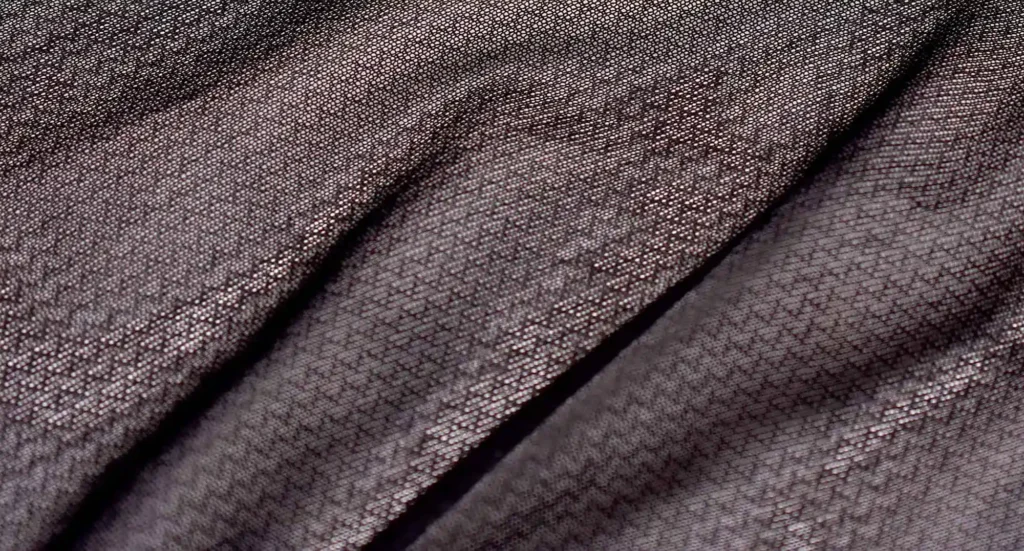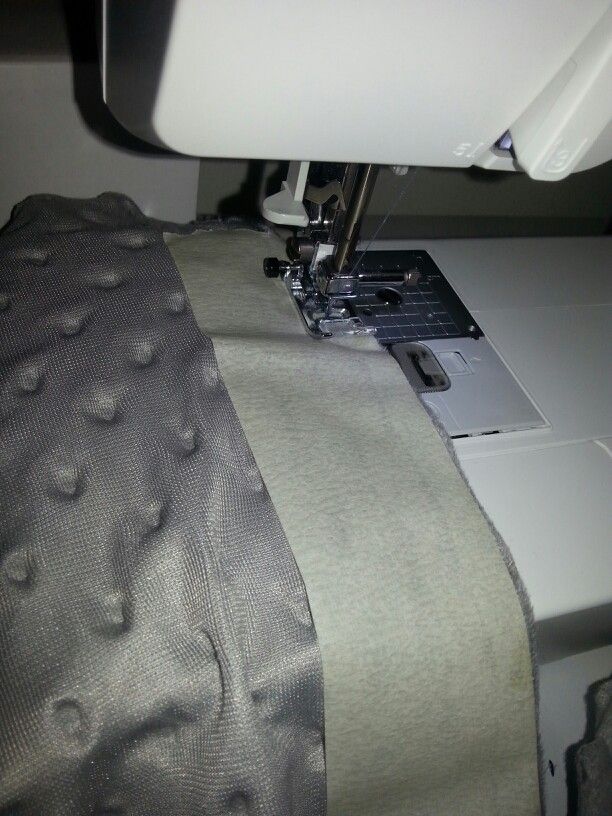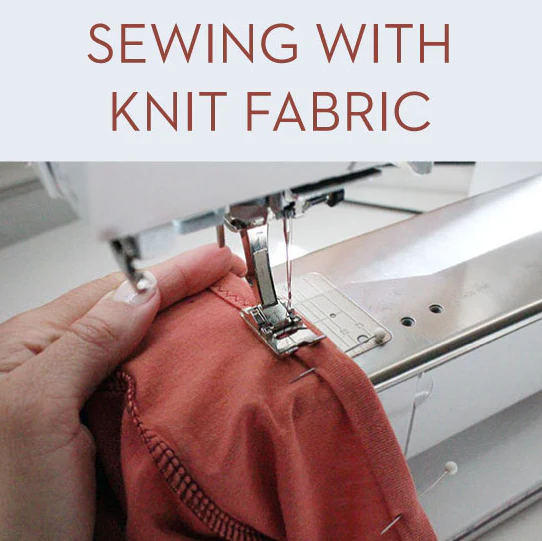Wondering how to stabilize stretch fabric for sewing? This detail covers everything you need to know, from choosing the right stabilizer to techniques for successful stitching.
Sewing with stretch fabric can be challenging, but with the right techniques, you can achieve professional-looking results.
Whether you’re working with jersey, spandex, or any other stretchy material, stabilizing it before sewing is crucial for preventing distortion and ensuring clean, durable seams.
In this article, I’ll explore effective methods for stabilizing stretch fabric, providing you with the knowledge and confidence to tackle your next sewing project with ease.
Stretch Fabric
Before diving into stabilization techniques, it’s essential to understand the characteristics of stretch fabric. stabilize stretch fabric such as jersey and spandex, contain elastane or lycra fibers that give them elasticity and stretchiness.
While this stretchiness is desirable for comfort and fit, it can pose challenges during the sewing process, leading to puckering, distortion, and uneven seams if not properly stabilized.

Choosing the Right Stabilizer
Selecting the appropriate stabilizer is the first step in stabilizing stretch fabric.
There are several types of stabilized stretch fabric available, including:
- Tear-Away Stabilizers: Ideal for lightweight stabilized stretch fabric, tear-away stabilizers provide temporary support during stitching and can be easily removed after sewing.
- Cut-Away Stabilizers: Recommended for medium to heavyweight stabilized stretch fabric, cut-away stabilizers offer long-term stability and support, remaining in place even after the project is complete.
- Water-Soluble Stabilizers: Perfect for delicate or sheer stabilized stretch fabric, water-soluble stabilizers dissolve in water, leaving behind clean, residue-free seams.
Consider the weight and stretchiness of your fabric when choosing a stabilizer, opting for one that complements its properties.
Prepping Your Fabric
Before stabilize stretch fabric it’s essential to prepare it properly. Start by pre-washing and drying the fabric according to the manufacturer’s instructions to remove any sizing or shrinkage.
Then, press the fabric with a steam iron to ensure it’s smooth and wrinkle-free, making it easier to work with during the stabilization process.

Stabilization Techniques
Now that you’ve selected your stabilizer and prepped your fabric, it’s time to explore various stabilization techniques to ensure smooth, professional-looking seams.
1. Stay Stitching
Stay stitching is a simple yet effective technique for stabilizing curved or stretchy fabric edges, such as armholes and necklines.
To stay stitched, sew a line of straight stitches just inside the seam allowance, preventing the fabric from stretching out of shape during handling and stitching.

2. Fusible Interfacing
Fusible interfacing is another popular method for stabilizing stretch fabric, especially when working with hems and edges.
Simply cut strips of fusible interfacing to match the length of your fabric edge, then press them onto the wrong side of the fabric using a hot iron. The interfacing adds stability and prevents stretching, resulting in crisp, clean edges.

3. Twin Needle Stitching
Twin needle stitching creates parallel rows of stitches, providing additional stability and stretch resistance to seams.
When using a twin needle, be sure to use a stretch stitch on your sewing machine to accommodate the fabric’s elasticity while maintaining durability.
4. Using Stretch Stitches
Many modern sewing machines offer built-in stretch stitches specifically designed for sewing stretch fabrics.
These stitches, such as the zigzag or lightning stitch, feature a slight zigzag pattern that allows the seam to stretch with the fabric while maintaining strength and flexibility.
FAQs
Can I stabilize stretch fabric without using a stabilizer?
While stabilizers are recommended for optimal results, you can also stabilize stretch fabric using alternative methods such as stay stitching or fusible interfacing.
How do I know which stabilizer to use for my stretch fabric?
Consider the weight and stretchiness of your fabric when choosing a stabilizer. Tear-away stabilizers are ideal for lightweight fabrics, while cut-away stabilizers provide long-term stability for medium to heavyweight fabrics.
Can I use regular thread when sewing stretch fabric?
It’s recommended to use stretch or ballpoint needles and polyester or cotton-wrapped polyester thread when sewing stretch fabrics to ensure flexibility and durability.
Do I need to pre-wash the stretch fabric before stabilizing it?
A: Yes, pre-washing stretch fabric is essential to remove any sizing or shrinkage and ensure accurate sizing and fit after sewing.
How do I prevent puckering when sewing stretch fabric?
To prevent puckering, use a stretch stitch on your sewing machine and avoid pulling or stretching the fabric while stitching.
Can I use a stabilizer on both sides of the stretch fabric?
While it’s not necessary to use a stabilizer on both sides of the fabric, you can do so if additional stability is needed, especially for heavyweight or slippery stretch fabrics.
Conclusion
For stabilized stretch fabric is a crucial step in achieving professional-quality results in your sewing projects. By choosing the right stabilizer, prepping your fabric correctly, and employing effective stabilization techniques, you can successfully sew stretch fabric with confidence and ease.
Experiment with different methods to find the ones that work best for your specific fabric and project, and don’t hesitate to reach out to fellow sewists or professionals for advice and guidance.
